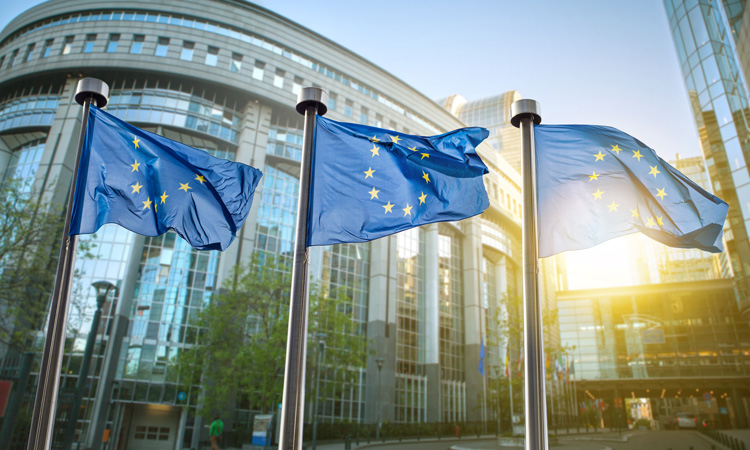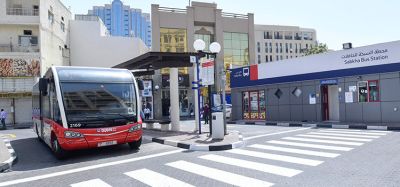Hyperloop and hydrogen backed by new EU smart mobility strategy
- Like
- Digg
- Del
- Tumblr
- VKontakte
- Buffer
- Love This
- Odnoklassniki
- Meneame
- Blogger
- Amazon
- Yahoo Mail
- Gmail
- AOL
- Newsvine
- HackerNews
- Evernote
- MySpace
- Mail.ru
- Viadeo
- Line
- Comments
- Yummly
- SMS
- Viber
- Telegram
- Subscribe
- Skype
- Facebook Messenger
- Kakao
- LiveJournal
- Yammer
- Edgar
- Fintel
- Mix
- Instapaper
- Copy Link
Posted: 11 December 2020 | Joshua Minchin - Intelligent Transport | No comments yet
The new strategy will back the innovative modes of travel as well as setting ambitious targets for zero-emissions vehicles on Europe’s roads by 2050.


The European Commission has announced ambitious plans for a raft of sustainable mobility solutions on the continent within the next few decades. The ‘Sustainable and Smart Mobility Strategy’, combined with an action plan of 82 initiatives will, according to the commission, guide the work it does in the transport sector over the next years.
The newly announced masterplan follows the European Green Deal, set out over a year ago which hopes to see carbon emissions slashed by up to 90 per cent by 2050. There are plenty of targets that this new strategy wants to achieve before that though.
By 2030, the Commission says there will be at least 30 million zero-emission cars will be on European roads, with 100 cities “climate neutral”. In addition, the action plan claims that by 2035 zero-emissions large aircraft will be made market ready. The plans for 2050 are even more ambitious, as the EC wants “nearly all” cars vans and buses to be zero-emission, and expects to see high speed rail travel triple.
It is perhaps the “Flagship” policies within the strategy which are most interesting. “Flagship Six” insists Europe must make “full advantage of smart digital solutions and intelligent transport systems (ITS).” It claims that the continent must utilise the technology it has at its disposal to create better connected and automated multimodal travel a reality.
Similarly, Flagship Seven lays out plans to “validate new technologies”. It claims that the EU will put in place favourable conditions for the development of new technology and services. Hyperloop travel is singled out by name, as are hydrogen-powered aircraft and personal electric aircraft. In order to facilitate the innovation of what may currently seem like unrealistic modes of travel, the European Commission says it will build a “European Common Mobility Data Space”, which will also encourage the development of Artificial Intelligence (AI) within the mobility sector.
“To reach our climate targets, emissions from the transport sector must get on a clear downward trend. Today’s strategy will shift the way people and goods move across Europe and make it easy to combine different modes of transport in a single journey. We’ve set ambitious targets for the entire transport system to ensure a sustainable, smart, and resilient return from the COVID-19 crisis,” said Frans Timmermans, Executive Vice-President for the European Green Deal.
Commissioner for Transport Adina Vălean added: “As the backbone that connects European citizens and business, transport matters to us all. Digital technologies have the potential to revolutionise the way we move, making our mobility smarter, more efficient, and also greener.
“We need to provide businesses a stable framework for the green investments they will need to make over the coming decades. Through the implementation of this strategy, we will create a more efficient and resilient transport system, which is on a firm pathway to reduce emissions in line with our European Green Deal goals.”
Related topics
5G & Transport Communications, Air Quality, Alternative Power, Artificial Intelligence, Connected & Autonomous Vehicles, Infrastructure & Urban Planning, Intelligent Transport Systems (ITS), Multimodality, Public Transport, Sustainable Urban Transport, Transport Governance & Policy
Related modes
Hydrogen Aircraft, Hyperloop
Related cities
Europe
Related organisations
European Commission (EC), European Union
Related people
Adina Vălean, Frans Timmermans








